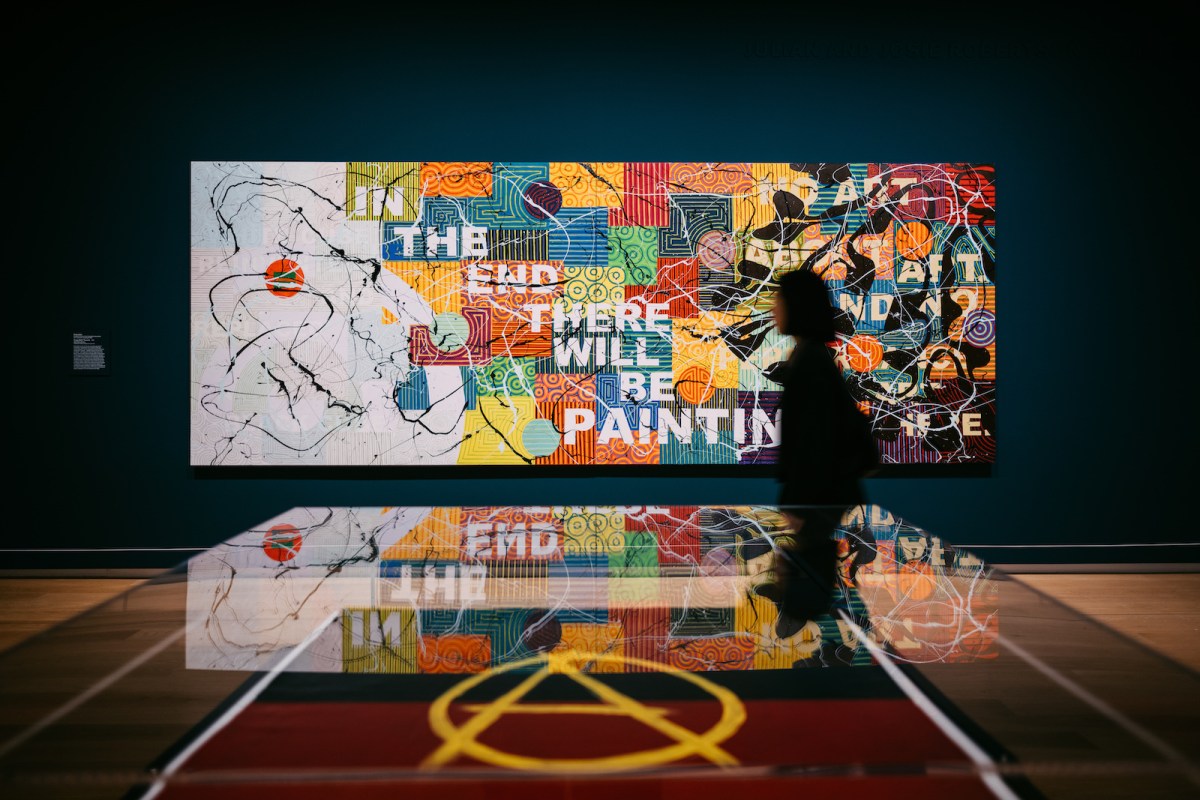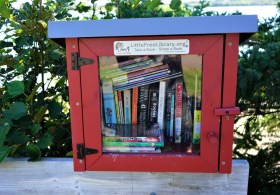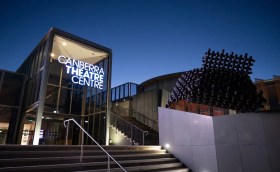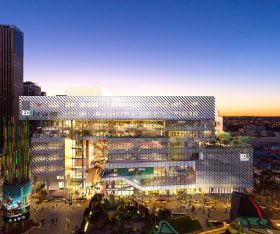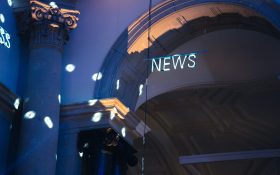The PULiiMA Indigenous Languages and Technology Conference was held on Larrakia Country, Darwin (21-25 August 2023). It was the first time in four years the Conference was held, due to the pandemic. The delay, however, had a silver lining. It meant that it took place within the United Nations Decade of the Indigenous Languages (2022-2032), a global initiative dedicated to the preservation of First People’s languages.
It also coincided with a new Federal action plan, Voices of Country, aimed at keeping First Nations languages alive, and a timely panel discussion at Toi o Tāmaki Auckland Art Gallery on ‘Indigenising the exhibition space’ (19 August). It was part of the opening program for the National Gallery of Australia (NGA) touring exhibition, Ever Present: First Peoples Art of Australia, which nearly a year later, is soon to open in Canberra at the NGA (14 September 2024 – 24 August 2025).
In this story:
Understanding the power of language
Panellist Clothilde Bullen (Wardandi [Nyoongar] and Badimaya [Yamatji]), Head of Indigenous Programs at the Art Gallery of Western Australia, spoke to the difference between our countries. ‘In Australia, we have between 260 and 300 different First Nations languages. They are completely different – one person’s Nation cannot understand another Nation’s language. It’s very different to the situation here in Aoteaora. And what that means is, that while we all share the experiences of colonisation and the impacts, we can’t put them into the same words. So we don’t have that shared experience.
‘It really makes a difference in terms of how you can move through our landscape, which is why those protocols with Country are so important,’ Bullen continued.
A case in point was at the opening of the exhibition, where Te Arepa Morehu, on behalf of Ngāti Whātua Ōrākei overseeing cultural proceedings, gave a lengthy and impassioned speech in Māori. No translation was given. It was followed by the room erupting in song – Tāngata Whenua alongside Pākehā, all sharing culture together.
‘What you’re experiencing here, at the moment, is very different to what you might have experienced five to 10 years ago,’ said Nathan Pōhio (Waitaha, Kāti Mamoe, Kāi Tahu, Ngāti Kahungunu, Kāti Pakeha), Senior Curator Māori Art at Toi o Tāmaki. ‘We’ve had a massive cultural shift, and we’re all very aware of it, and it’s transforming us and the nation … in how it operates.
‘Why it’s happening is definitely cumulative of generations of commitment by Māori to the Treaty. It is something that is unravelling while we live it. And we’re learning about it, I think, as we go,’ he continued.
Read: Indigenous Literacy Day livestreamed from Sydney Opera House
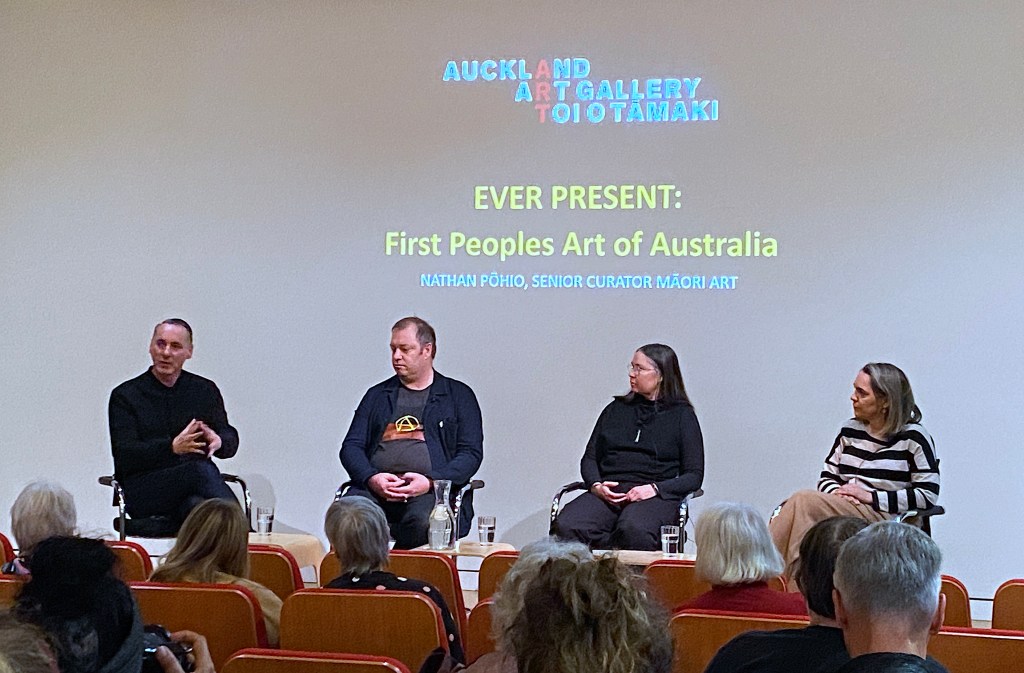
Don’t call us Indigenous
The panel discussed that First Nations in Canada dislike the term “Indigenous”, because they see it as another form of colonising. The message was that we need to be led by Community in how they want to be referred to.
Bullen said: ‘We like “First Nations” because it’s not Indigenous. Government uses Indigenous. I would prefer Aboriginal, for example, over Indigenous, but mostly, I’d prefer my Nation name. That is sovereign. I have never heard someone say, “I am Indigenous”.’
Pōhio agreed: ‘It is certainly not used by Māori either, not for speaking about self. I think it’s up to an Indigenous person to decide for themselves how they might use the English language,’ acknowledging that English is the international language of art and art writing.
Artist Yhonnie Scarce (Kokatha/Nukunu/Mirning) continued: ‘I tend to use my language roots. If you use the term Indigenous or Aboriginal, some people feel they have the right to start questioning your [legitimacy], like “you’re not full blood”. The other day in Melbourne, someone actually said, “What generation are you?” But when I say my language groups, they just ask where it is.’
Bullen explained more fully: ‘When sovereign people are allowed to represent themselves, and give themselves permission to represent themselves by using Nation names, what that tells other nations, including the coloniser nations, and particularly Britain, is that we are a sovereign people, and you don’t have the right to determine who we are.’
She said that, while language is a tool, ‘it is also a tool of oppression in a variety of ways. But when we can determine our sovereignty by just naming our Nations, saying, “This is where we belong, and we have belonged here for tens of thousands of years,” that shifts this power dynamic – and this is really what we’re talking about. We’re talking about power. So the language is critical.’
Bullen added that the word “Aboriginal” is not static. ‘It’s dynamic; we’re constantly using it in different ways,’ she said, which has its own problems. ‘We are suddenly realising that we are much stronger as a global First Nations community.’ This has been attested to this week with around 100 delegates, including from the US, Canada and New Zealand, attending PULiiMA.
Read: The First Nations exhibition drawing record audiences in Auckland, and why
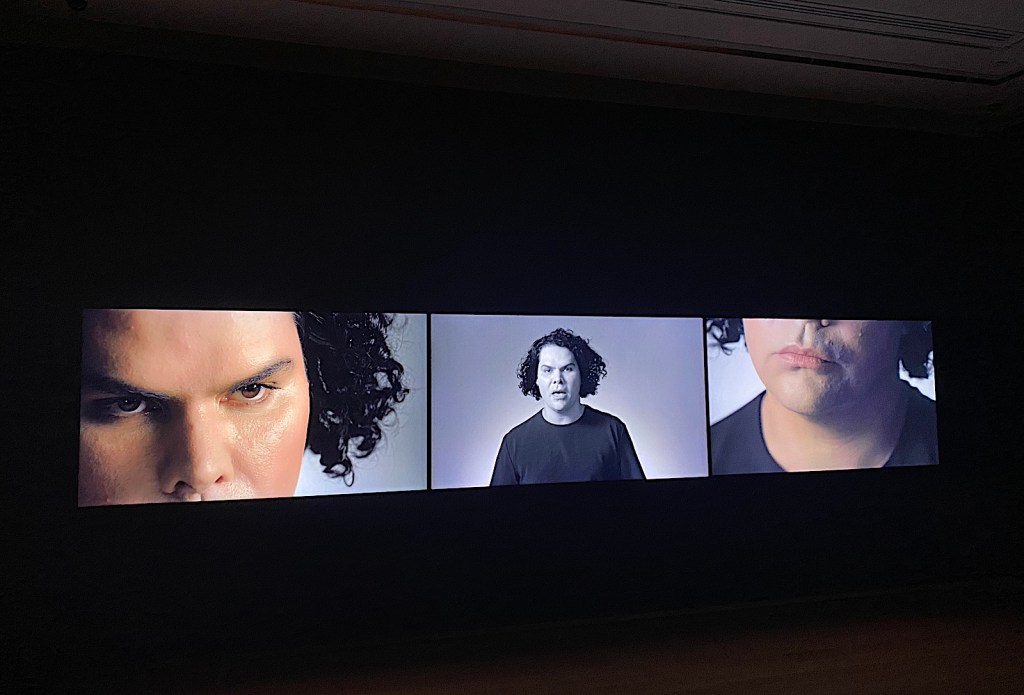
Indigenising the exhibition space
Language can be both something that assists curators and artists to communicate a particular context for the project. But it also presents challenges.
‘There are many curatorial staff leading the push to [evolve] language use in exhibitions. That may seem a bit behind the times to other countries that have language intact. But, for us, it’s such a critical part, even just putting it in the room and having representation,’ said Bullen.
Galleries have been introducing bilingual and multilingual wall labels for a number of years now, but they are not applied to every project. Bullen arguably led the way in Australia with the survey exhibition John Mawurndjul at the Museum of Contemporary Art Australia (2018), where the show was entirely bilingual.
‘It was the hardest show I’ve ever done – he was fluent and I had to learn his language. Every single aspect of that show was dual language – the labels, publication, video. People were so shocked, and we placed Kuninjku first, not English. It was a monumental thing in Australia,’ she said.
Pōhio’s experience has been similar. ‘We’ve had a lot of discussions as to how it’s presented, whether Māori should be on top and the English below,’ he said. ‘And a lot of us are Māori on staff and have said, “Well actually, that doesn’t reflect our values. We will go first, but not above. It’s a worldview that we don’t apply.” I always make sure it’s beside one another, not one on top.’
Pōhio continued: ‘Sometimes we have to pull back on the labels, because we start to run out of room, but wherever we can we employ it as much as possible. But also in the writing, I often try to employ a mixture of English and Māori.’
Curator of this NGA touring exhibition, Tina Baum (Gulumirrgin [Larrakia]/Wardaman/Karajarri) added that Gallery has a First Nations style guide. ‘We think of Country with a capital C, and we refer in very deliberate ways to Communities. The [style guide] was a way of explaining why we needed to do this when we’re talking about our Communities, and why it needs to be a capital C, for example.’ She added: ‘I feel like we’re only just starting to have those conversations, like dual naming.’
The NGA has also recently changed the label of “unknown maker” to “Ancestor” and “people not recorded”, to respect that these artworks have been made by a person.
Bullen says that language has a role in the Gallery because ‘it can bring you in, as a non-Indigenous person, but this is my space. I don’t have to decolonise that space, because it reflects who I am or reflects my country, my language, people. It’s really centring oneself in one’s own culture’.
‘But even to do translations, for example, is still reflecting that we’re bounding off non-Indigenous norms. And so, what we’re all fighting within organisations is indigenising it. I love that here. And I’ve heard lots of language spoken without any explanation. I don’t give a s**t if you don’t understand this. I’m so used to having to explain.’
Scarce sits on the board of ACE (Adelaide Contemporary Experimental) in Tarntanya/Adelaide. The organisation worked with Garma Elders to have a welcome in language as you enter the gallery space. ‘I think for me, that’s a really powerful statement… You may not understand the language, but you need to see it and read it before you judge us first.’
Living languages
Bullen explained that the other thing Australians need to recognise is that, ‘not all First Nations mob have a [living] language’. Sydney, where the first wave of colonisation hit hardest, has little language, while in places like Maningrida in Arnhem Land, ‘language is in full effect, and everyone’s fluent. There are like 800 people living there, and 15 different languages,’ she said, adding that language is ‘critical to our survival’.
This may be on the path to acknowledgment. It is a fundamental human right to speak your own language, states the new federal plan, Voices of Country.
On the plan’s launch this week, Minister Burke said, ‘The decline that we have seen year after year, after year, must end, and it must be replaced with an increase in First Nations languages around the world being spoken, being lived, growing and thriving.’ The plan’s five pillars include stopping Australia’s high rates of language loss, more community-led partnerships and enhancing intergenerational language transmission.
Pōhio said during the ‘Indigenising the exhibition space’ panel: ‘Obviously, here is a very different scenario for us. We have te reo Māori, so that enables that line of communication, and the cultural memory that’s in the language, and then the way the oral histories remain, despite the impact of colonialism.
‘Language is key also, because whenever that knowledge is provided to me, language is how it is provided, and the discussion around the unpacking of the language for me, is a part of their whakapapa, that pathway of learning,’ he continued. ‘We are at a very interesting time in Aotearoa with Māori being supported at a government level and education level, for massive intergenerational revival into the future, and there’s no end to that, which is fantastic.’
There is great hope that Australia is finally making motions to follow in the right direction.
Ever Present: First Peoples Art of Australia will open at National Gallery of Australia, 14 September 2024.
Learn more about Voices of Country.
The writer travelled to New Zealand for the exhibition’s first edition, as a guest of the National Gallery of Australia. This is an updated version of an article first published on 24 August 2023.
